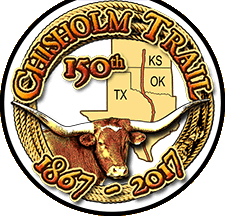Lodging
The Fort Worth Stock Yards, officially incorporated in 1893, swiftly became the epicenter of the largest livestock market in Texas, grew to be the biggest market south of Kansas City, and finally ranked among the top five nationwide for five decades. Serving as supply depot for the Chisholm Trail, the major route out of Texas for livestock, started Fort Worth on its path to Cowtown capital. But it was the arrival of the railroad and the ambition of its business leaders that drove the city’s success. Recognizing the potential, local businessmen began expanding the stockyard facilities beyond its feedlots. Diversification in Fort Worth’s livestock industry included railroad cattle terminals, meatpacking plants, grain elevators for feed, livestock-pharmaceutical manufacturers, a horse, mule, and hog market, and its expansion into sheep soon turned it into the largest sheep market in the nation. A permanent change in the nature of the livestock industry and its decentralization wouldn’t begin until the middle of the 20th century, allowing the Fort Worth Stockyards to hold on until 1992, when the market finally closed after its final livestock auction. However, rather than allowing the enterprise to go the way of other abandoned stockyards in the state, Fort Worth business leaders once again saw opportunity for growth and today a Stockyards National Historic District, with its restored mercantile buildings and network of corrals and feedlots, preserves the city’s grand past. The District covers fifteen square blocks where entertainment, restaurants, shops, a daily cattle drive, and rodeos all drive a visitor experience worthy of Texas’ Cowtown Capital.
- See more at: http://texaslakestrail.com/plan-your-adventure/historic-sites-and-cities/sites/stockyards-national-historic-district#sthash.hCLzRHnC.dpuf


